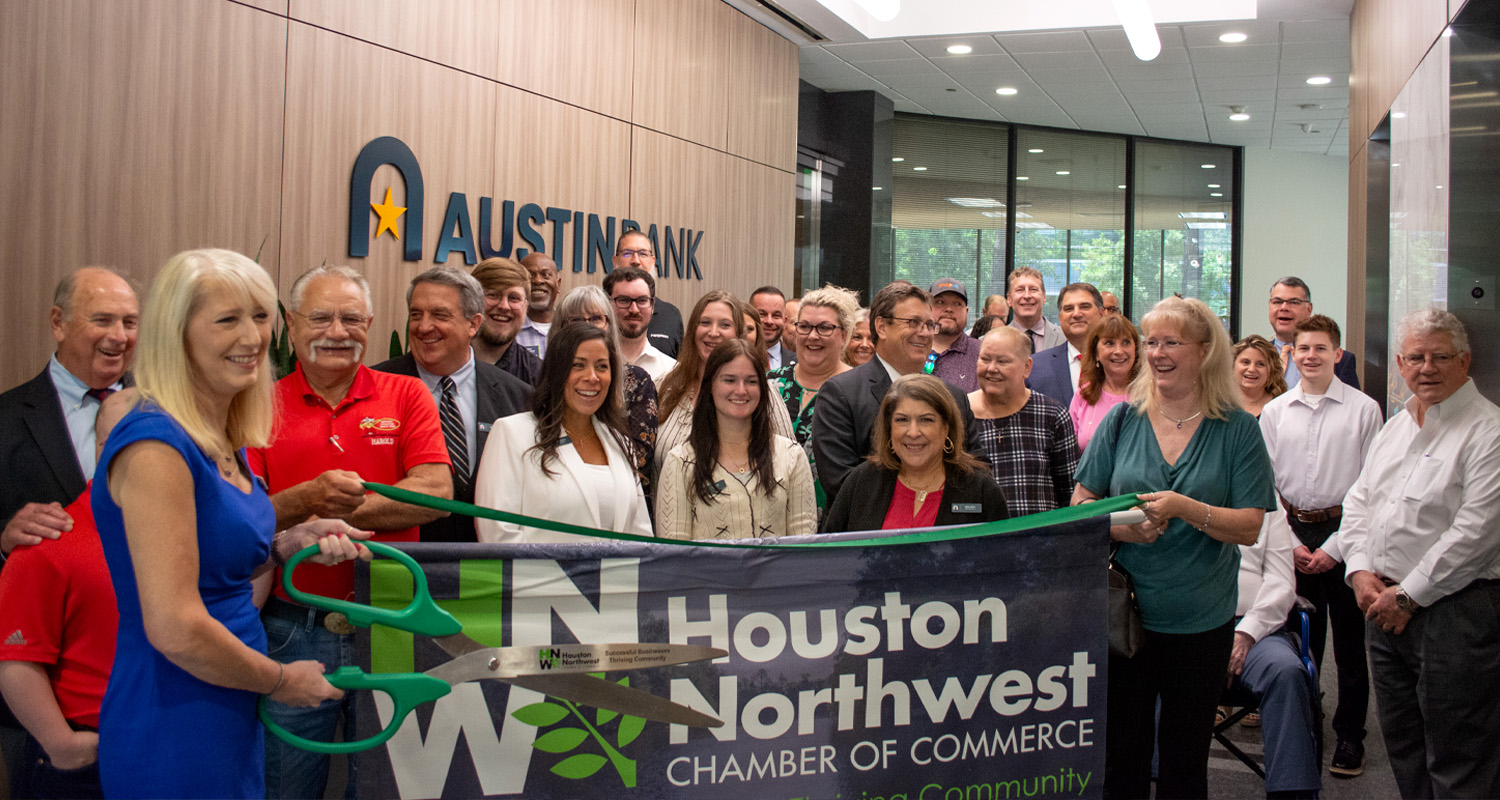The spread of the coronavirus presents considerable risks to the world economy in general and the banking industry specifically. By some estimates, China saw economic activity cut in half as it worked to treat those infected by the virus and control its spread. World economic activity may rebound quickly if the virus is effectively contained, but efforts to contain the coronavirus may create significant challenges for the banking industry.
The Federal Reserve has taken decisive action and pledged further action, if necessary, to support the economy in the face of the virus outbreak. After three interest rate cuts from the Federal Reserve in 2019, falling interest rates in 2020 could combine with credit challenges from even a temporary economic slowdown to sharply cut into bank profitability. This comes on top of ongoing competitive challenges and the upcoming presidential election, which could insert significant ambiguity into the regulatory environment.
Setting coronavirus-related uncertainties aside for a moment, acquirers continue to see significant opportunities in bank mergers and acquisitions (M&A), and the forces that bring sellers to the market are likely to endure for the foreseeable future. In addition, due to the time required to complete a transaction, much of the 2020 M&A activity is currently deep in the pipeline. Thus, barring an extended economic slowdown, transaction activity in 2020 is likely to continue, though the pace will largely be determined by how long and how severe the economic issues remain.
With 266 announced whole bank and thrift transactions as of December 31, 2019, M&A volume year over year was basically flat from the 257 transactions announced in 2018. Pricing in 2019 was down somewhat from the highs seen in 2018, with an average price to tangible book value (P/TBV) of 159 percent compared to 178 percent in 2018.
Large mergers of equals (MOE) in the banking industry were among the intriguing themes coming out of 2019. This has continued into early 2020 with the announced MOE between CenterState Bank Corp. and South State Corp., which would create a $34-billion-asset organization in the Southeastern U.S. While MOEs are often talked about, they tend to be relatively rare. However, several banks appear to have taken a pragmatic approach to the current environment and looked to MOEs as an opportunity to achieve scale, drive efficiencies and enhance digital capabilities.
While MOEs will likely remain challenging due primarily to the social issues involved, they continue to present potential opportunities for banks of all sizes. In the right situations, MOEs may help address some of the challenges many community banks face, including aging leadership, slow or no growth markets, lack of scale, inefficiencies and technological shortfalls.
However, the number and ultimate success of bank MOEs going forward will largely depend on the vision and flexibility of each bank’s ownership, board and executive team. If they see the possibilities of two organizations coming together to equal something more and have the flexibility to pursue an MOE, we may continue to see more of these transactions in the future.
Another trend that gained further prominence in 2019 was the acquisition of banks by credit unions. Credit unions announced 16 transactions for banks in 2019—almost twice the number of transactions in 2018. In addition, while most credit union/bank acquisitions had historically involved smaller community banks, both Community Bank & Trust of Florida and Apollo Bank had more than $700 million in assets at the time of their announced acquisitions by credit unions.
While credit unions acquiring banks will likely make up a relatively small portion of the total number of transactions in any given year, from a competitive standpoint, these acquisitions have raised concerns among bankers. However, for banks that have decided to sell, credit unions may present an attractive financial package in some markets.
As we look to the remainder of the year ahead, from COVID-19’s effects and political uncertainty to economic turmoil and other events both expected and unknown, 2020 promises to be a year of challenges for the banking industry. This applies to potential buyers and sellers, as well as banks that choose to eschew transactions to focus on organic growth. When uncertainty and turmoil arise, fate often favors the resourceful, bold and foresighted banks that are committed to helping their customers and communities flourish—even in uncertain times.





